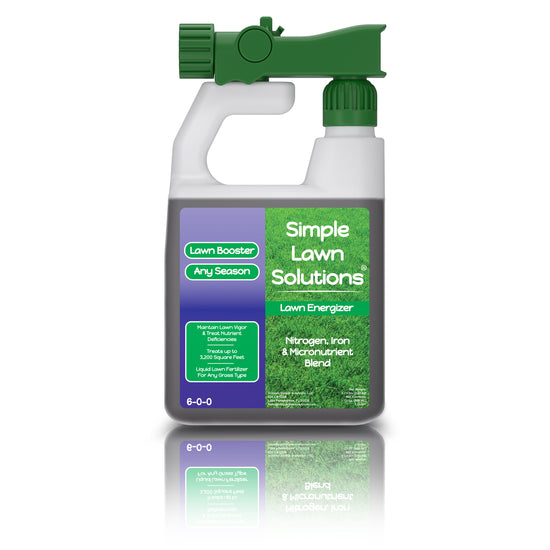If you’re in the northern United States, chances are you won’t hear any of your neighbors discuss installing a bermudagrass lawn. If you’re in Florida or Texas, conversely, you likely won’t see Kentucky bluegrass growing wild along the roadside as you might in Pennsylvania or Minnesota. “Cool-season” and “warm-season” grasses are the broadest, and arguably the most recognized, informal classification of lawn grasses. But, what makes these two types of grasses so drastically different?

Until storms dumped rain on the Mid-Atlantic region this past week, many tall fescue and Kentucky bluegrass lawns were wilting and suffering in the heat. Meanwhile, “wiregrass,” the name given to errant bermudagrass in the region that invades cool-season lawns, took advantage of the situation and tightened its chokehold on the resident desirable grasses. The reason that bermudagrass and other warm-season grasses can out-compete the cool-season grasses in the heat and drought is their mechanism of photosynthesis that allows for increased food storage and water use efficiency.

Warm season grasses are known as “C4” plants, while cool-season grasses are known as “C3” plants. When C3 plants take in carbon dioxide, an enzyme called rubisco “fixes” the carbon into a compound that consists of three carbon atoms (hence the name, C3). Unfortunately, rubisco can’t differentiate between carbon and oxygen, so the plant fixes oxygen instead of carbon about 20% of the time. This becomes more frequent during times of drought as plants close their stomata and oxygen accumulates in the leaf. When oxygen is mistakenly fixed in photosynthesis, the end products are carbon dioxide and water, which are simply released back into the atmosphere in a process called photorespiration. When this occurs, energy and potential food for the plant have only been wasted. To make matters worse, each time the plants open their stomata to take in carbon dioxide, water vapor escapes. These characteristics can be detrimental to the lawn during periods of drought.

Warm season, or C4 grasses, have developed an alternate method of photosynthesis. In addition to rubisco, warm season grasses possess an enzyme called PEP carboxylase that creates a 4-carbon compound that avoids oxygen fixation. The 4-carbon compound allows for the storage of additional carbon, which enables the plant to produce food while keeping its stomata closed. This adaptation prevents water from escaping and provides a constant supply of food during times of heat and drought stress, enabling warm season grasses to flourish during some of the most ferocious bouts of summer heat.

What does this mean for you as a homeowner? Keep in mind that the ideal temperature range for cool season lawns is 60-75° Fahrenheit, while the ideal temperature range for warm season lawns is 80-95° Fahrenheit. As temperatures reach these upper thresholds, avoid activities such as mowing during the middle of the day, aerating, or dethatching, that will be stressful for the lawn. If you live in an area that will likely experience drought and heat stress in the summertime, favor fall nitrogen applications and be sure that your soil has adequate potassium in the springtime prior to the onset of stressful environmental conditions. It’s also important to note that many lawn weeds, such as crabgrass, foxtails, and purple and yellow nutsedge, are also C4 plants. As temperatures climb, they are also likely to close their stomata and inhibit herbicide uptake, leading to reduced herbicide effectiveness during times of high temperatures and drought.










